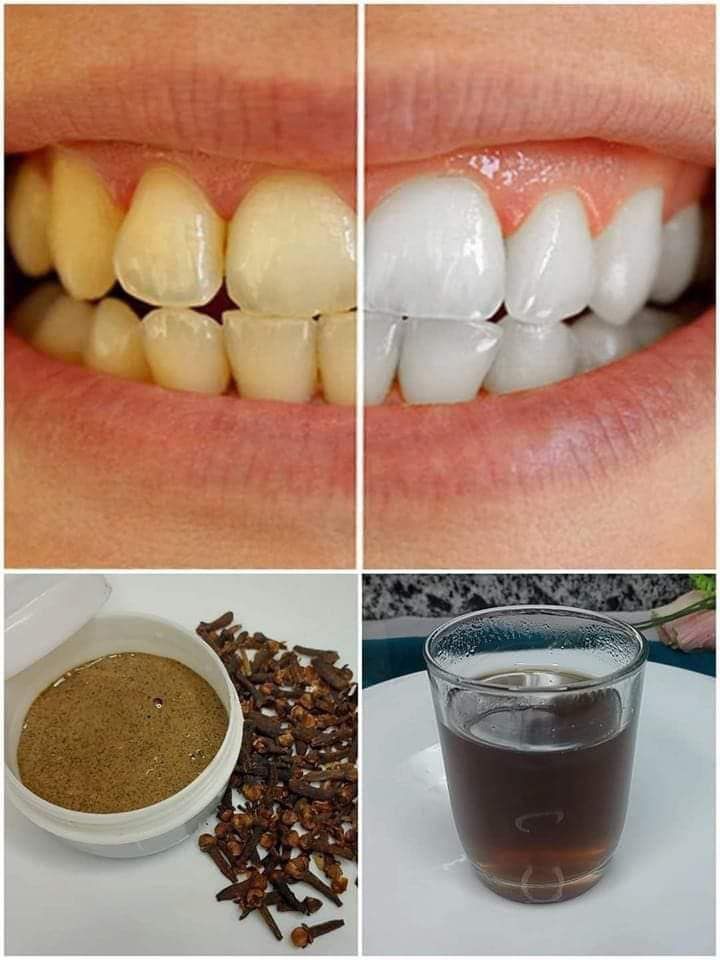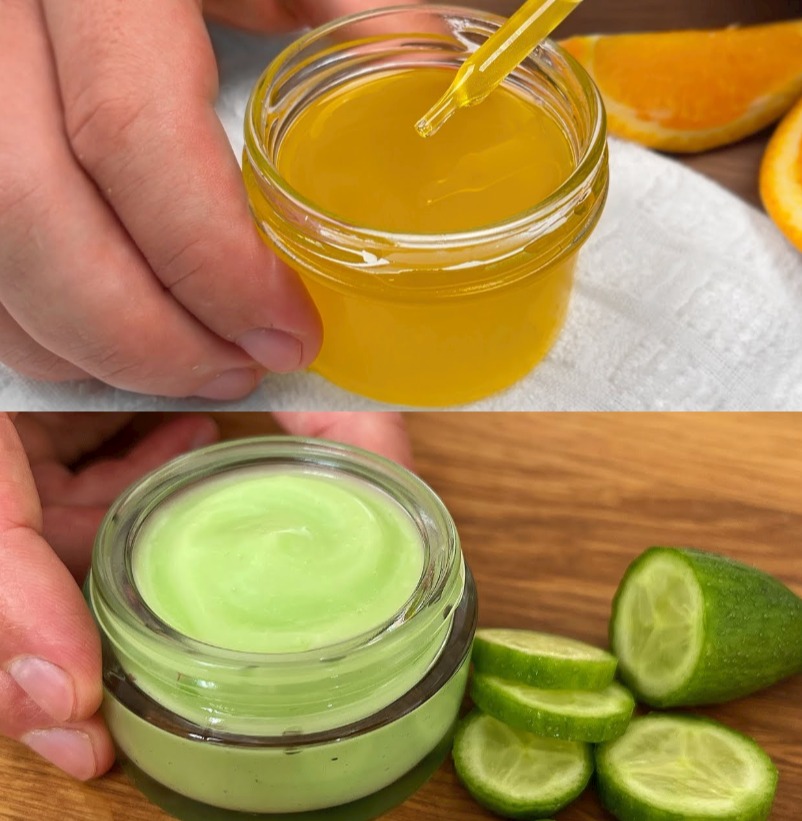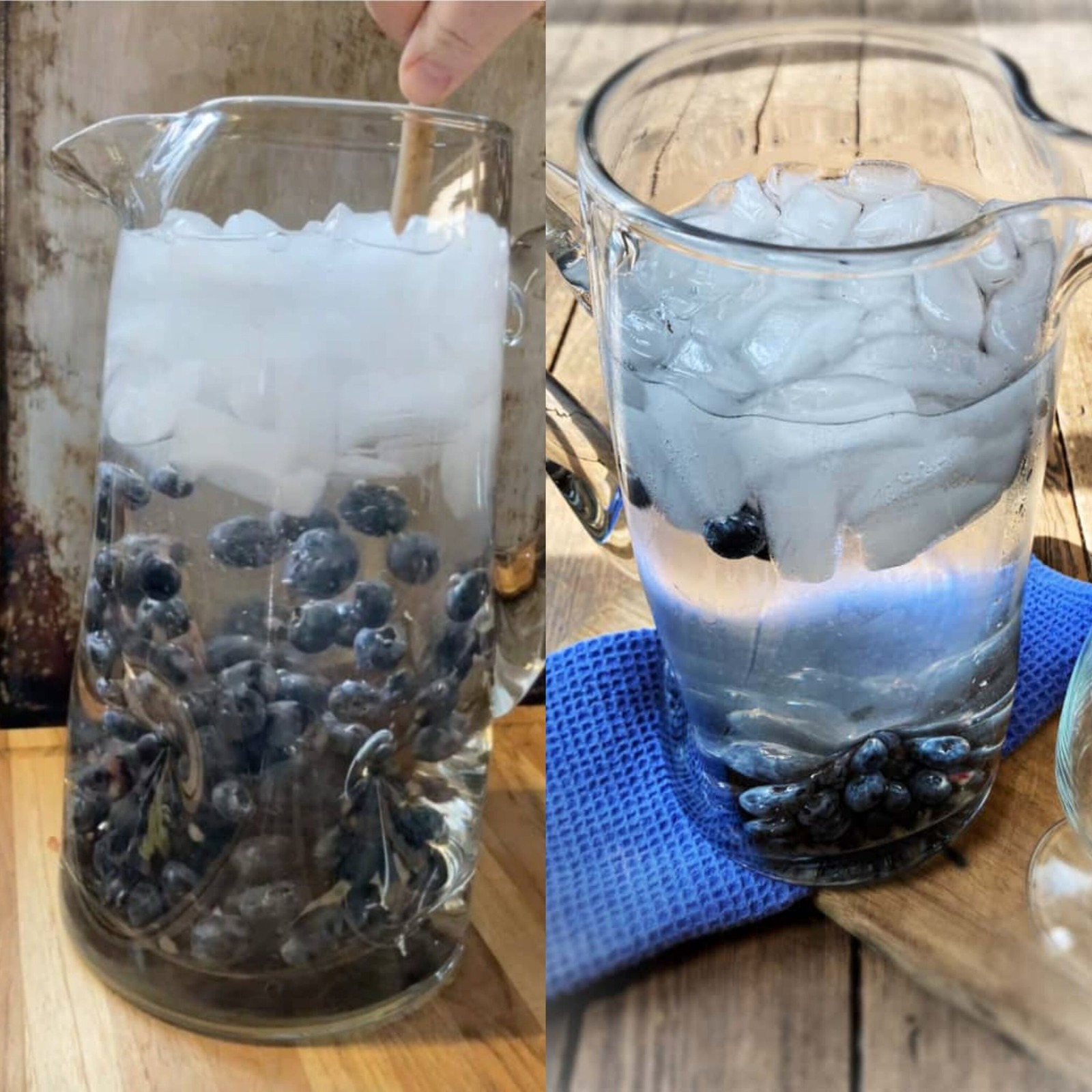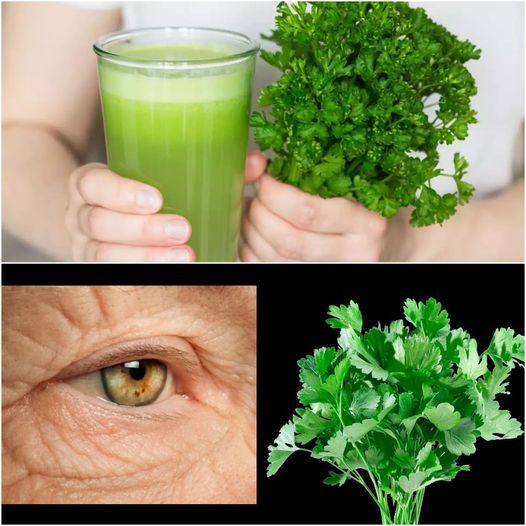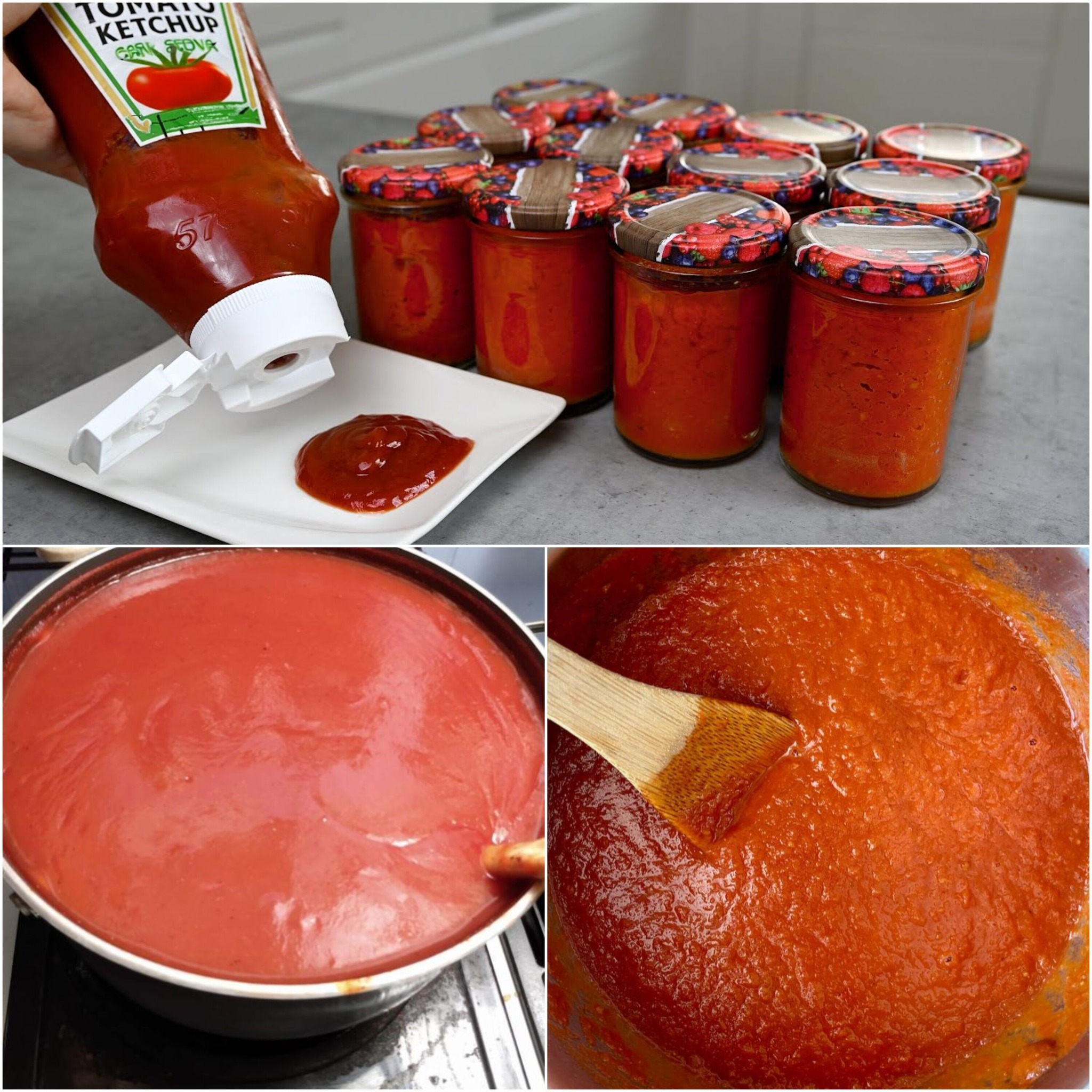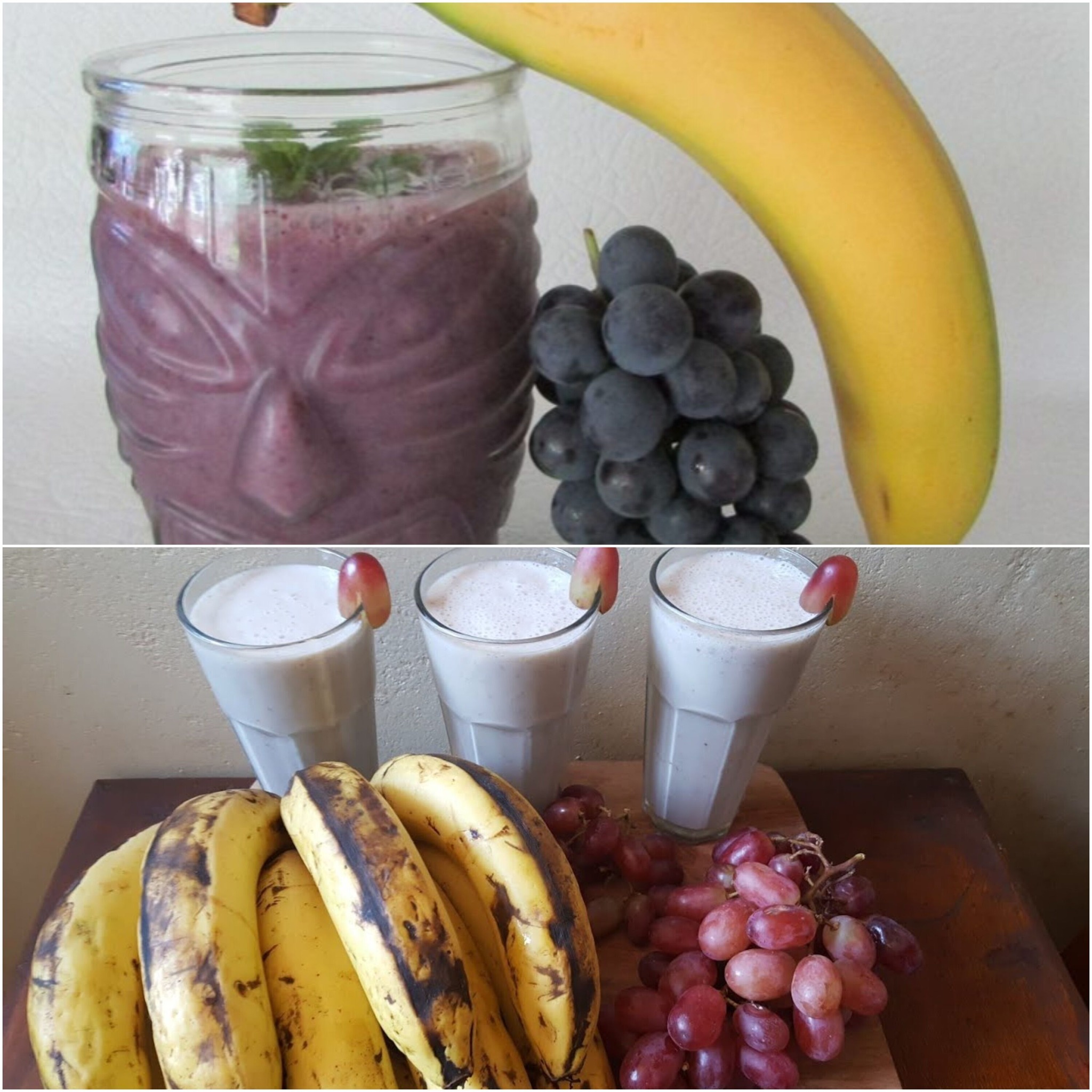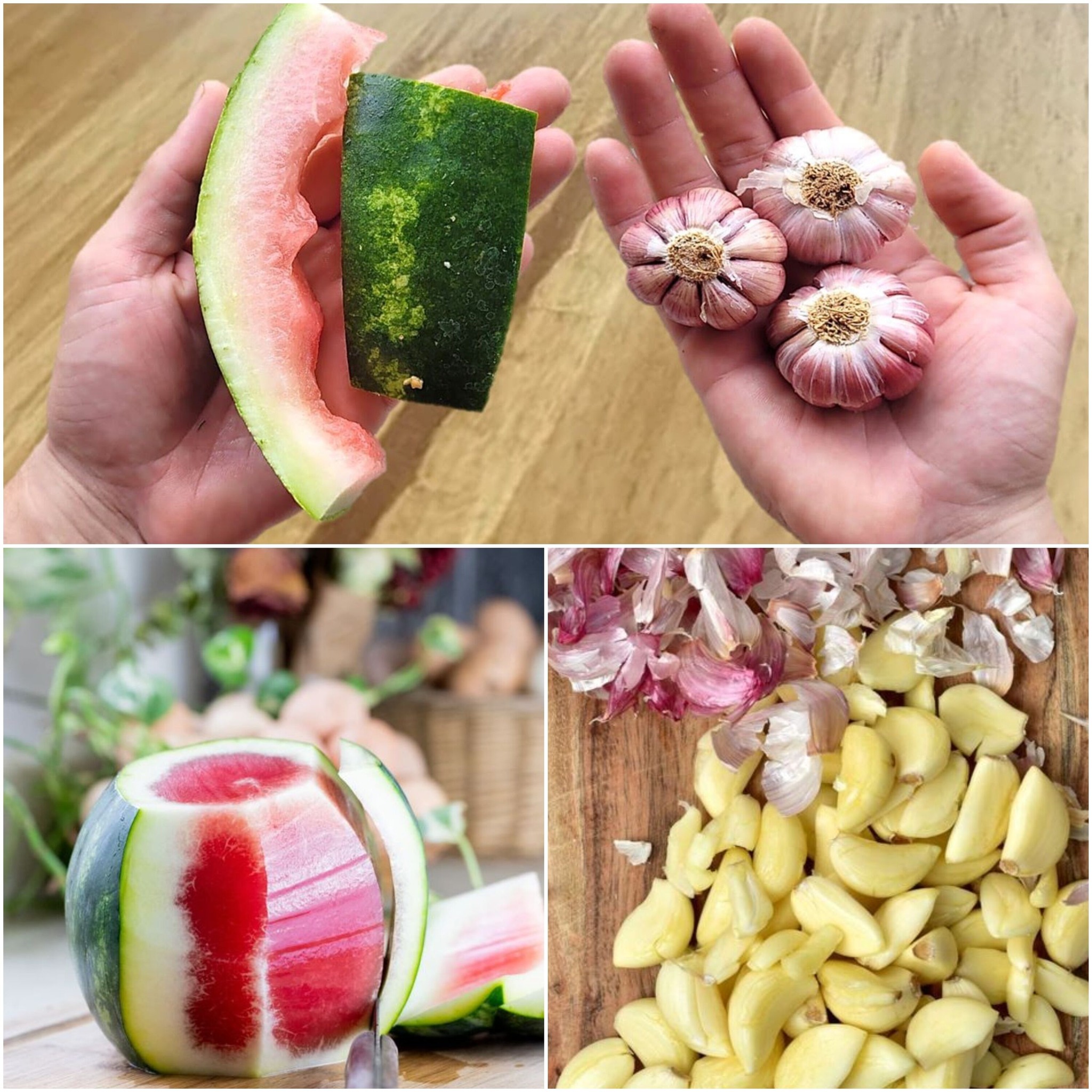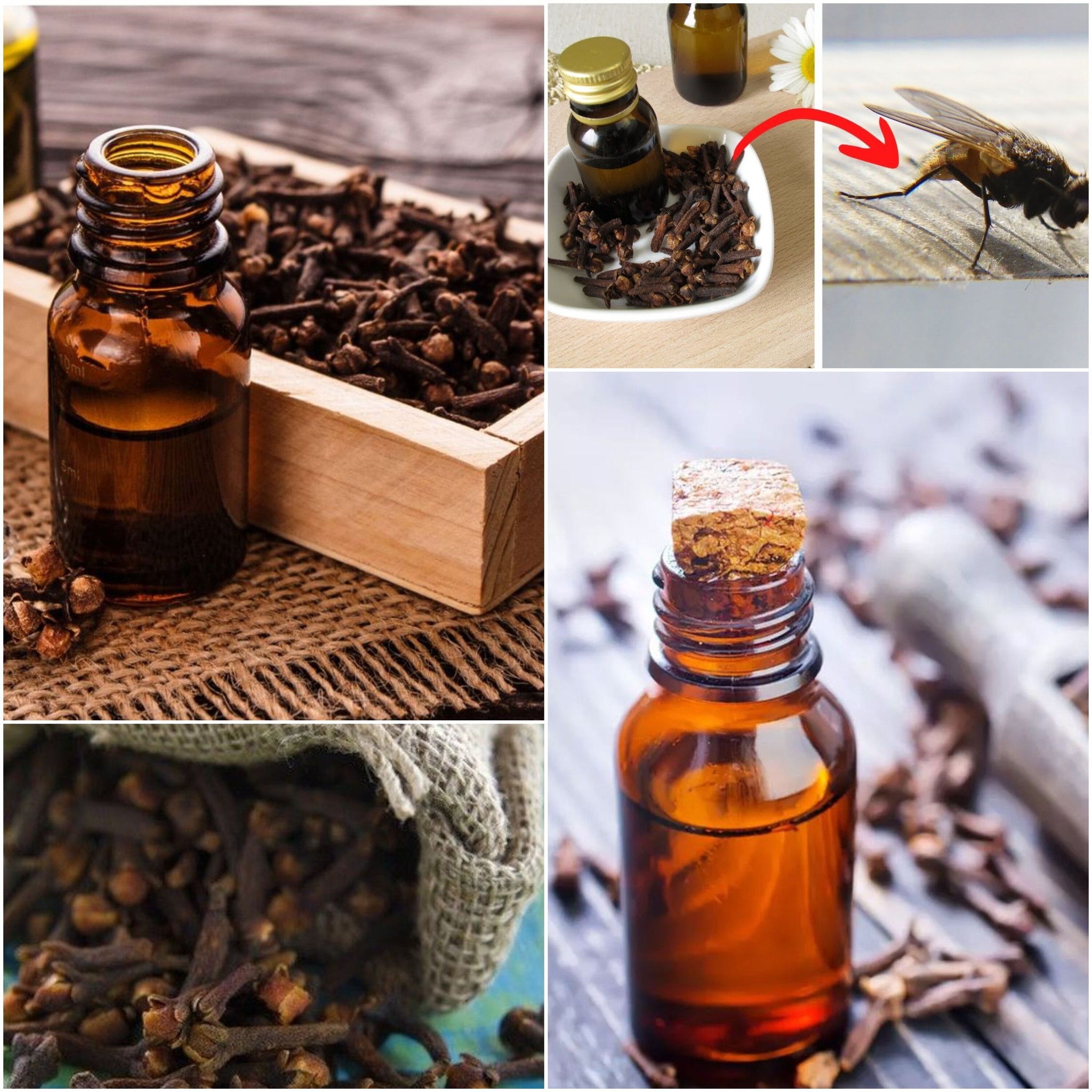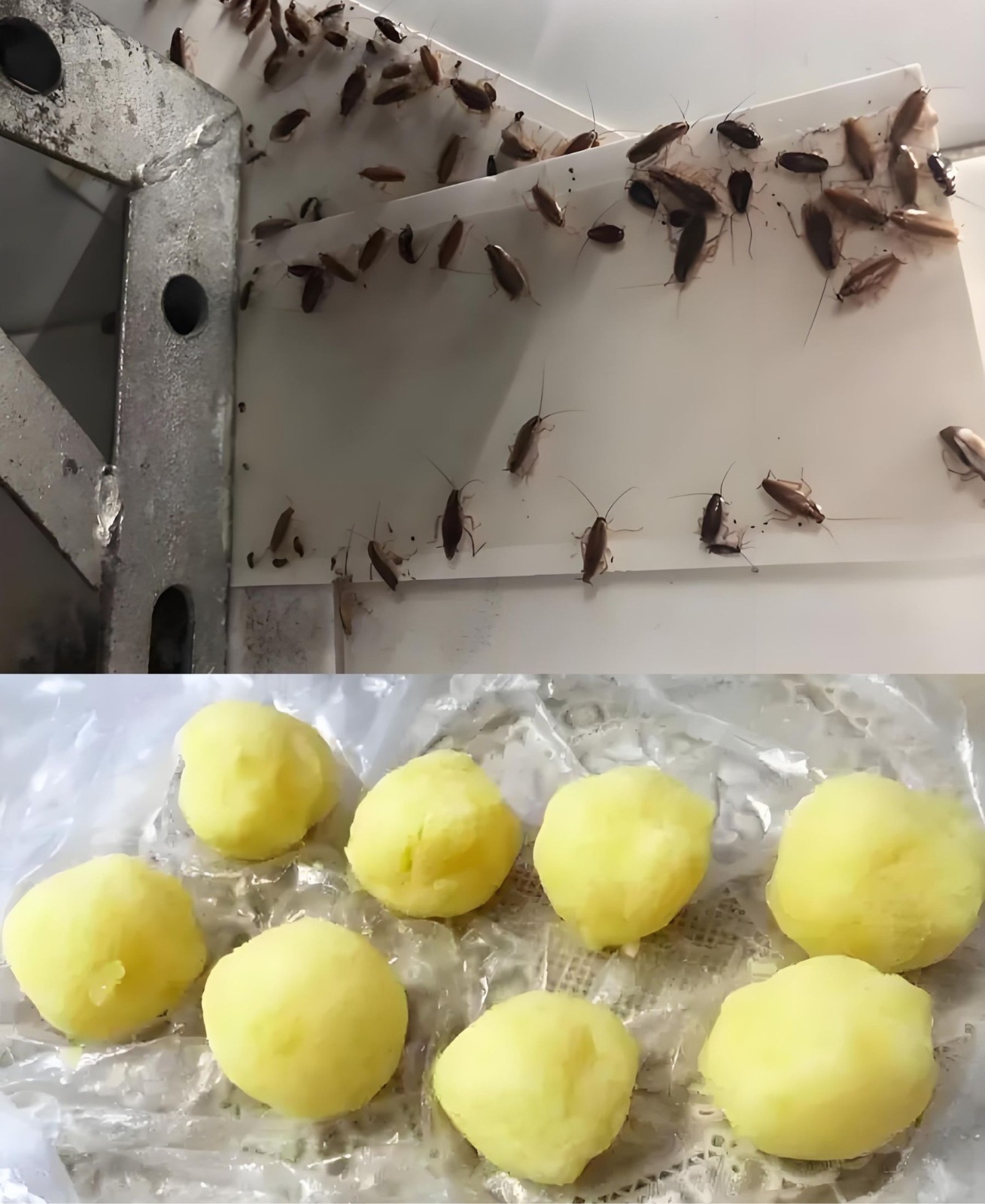Teeth whitening: 7 proven recipes that remove yellowing permanently
One thing that many people look forward to is having their teeth whitened. obtaining a grin. The greatest, albeit most difficult, natural teeth-whitening method is to always wash your teeth with toothpaste after eating or drinking. However, since this issue calls for a great deal of persistence, it is advised to abstain from smoking, consume small amounts of coffee or soft drinks, and generally practice better dental hygiene. and consume a balanced diet. This may lessen the yellowing of teeth.
However, visiting a dentist every three months to get your teeth cleaned might be the best course of action if you smoke or consume coffee excessively. To whiten your teeth in a safe and natural manner, you can also try some of the natural remedies that are mentioned in this article.
What causes teeth to go yellow?
There are two main causes of yellowing teeth, and both tend to worsen with age:
1. Thinned enamel:
The nearly white enamel that covers the teeth’s surface shields the dentin beneath. Dentin is the layer of tissue that lies behind the enamel. It has a brown and yellow hue, and the teeth turn yellow when the enamel layer erodes or thins. Gum disease, ageing, and excessive consumption of acidic foods can all lead to tooth enamel thinning.
as a result of smoking, drinking too much tea and coffee, and soft beverages.
Teeth whitening recipes that are sure to work:
1.One method of tooth whitening is hydrogen peroxide:
Due to its antibacterial properties, hydrogen peroxide is an excellent mouth and gum cleaner that also aids in the removal of microorganisms. Because it functions as a natural antibacterial agent, it helps keeps breath fresh by getting rid of harmful microorganisms. It can offer natural defence against gum illnesses like gingivitis in addition to safely and naturally whiten teeth.
The first approach involves mixing equal parts water and hydrogen peroxide to make an excellent mouthwash. Rinse your mouth multiple times, then thoroughly rinse with water.
The second technique involves combining a little quantity of baking soda with a small amount of hydrogen peroxide to create a cohesive paste that aids in removing more plaque from the teeth. Next, apply this mixture to your teeth using an old toothbrush, rub it in for 30 seconds, and then give them a thorough water rinse.
2.Coconut oil for teeth whitening:
Teeth whitening with coconut oil is a natural remedy. Some claim that using coconut oil to their teeth makes them whiter and generally healthier.
How to apply: Take a teaspoon of coconut oil and place it between your teeth for five to twenty minutes. Alternatively, put a few drops on your toothbrush and thoroughly clean your teeth for a few minutes. Another alternative for dental hygiene is using coconut oil. I Regular use of this mixture not only protects and cleans the gums but also safely and naturally whitens teeth thanks to the antibacterial qualities of coconut oil.
3.Teeth whitening with apple cider vinegar :
Apple cider vinegar (ACV) is a natural antibacterial and teeth and gum cleaner that is very effective. Because it includes chemicals, it is very effective at eliminating stains from coffee and nicotine (smoking). include probiotics, enzymes, potassium, magnesium, acetic acid, and other substances that kill germs and harmful “bad” bacteria while encouraging the growth of helpful “good” bacteria. It aids in the breakdown of plaque and other debris adhered to the teeth since it is naturally acidic. In addition to removing stains from teeth, apple cider vinegar’s pH promotes safe and natural teeth whitening.
Use this method: Wet your toothbrush in a cup of apple cider vinegar, brush your teeth thoroughly for a minute, and then use a fresh brush and regular toothpaste on a different brush. It is best if it is a paste without fluoride. After that, thoroughly rinse your mouth with water or a solution containing hydrogen peroxide. It is advised to apply this recipe daily for a month in order to get the best benefits.
4. Lemon or orange peel to whiten teeth:
Orange or lemon peels are used to whiten teeth and get rid of yellow stains left behind by smoking or drinking too much coffee and tea. It’s a safe and efficient procedure.
How to apply: After thoroughly cleaning your teeth for a minute with lemon or orange peels, thoroughly rinse your mouth with water or hydrogen peroxide. It is advised to use this recipe three times a week for optimal effects.
5.Strawberries for teeth whitening:
One of strawberries’ best qualities is how quickly they may whiten teeth. When applied frequently, they also give them a glossy appearance and hasten the healing of gum injuries.
How to apply: Five fresh strawberries should be mashed into a uniform paste. After a minute of applying this mixture to your teeth, thoroughly rinse with water. To achieve the desired effects, you can make this meal every day.
6.Teeth whitening with activated charcoal:
An absorbent substance called activated charcoal is utilised to trap pollutants in the body. By absorbing the plaque that has discoloured your teeth, it might help make them appear whiter.
How to apply: Wet your toothbrush and dunk it in powdered activated charcoal to naturally whiten your teeth. After brushing your teeth as usual, thoroughly rinse your mouth and repeat the process with water. Use activated charcoal to wash your teeth two or three times a week for optimal effects.
7. Papaya fruit to whiten teeth:
An enzyme found in papaya fruits may aid with teeth whitening. Enzymes called papain and bromelain, which are present in papaya and pineapple, respectively, aid in teeth whitening.
How to apply: Using a fork, mash a fresh papaya slice until a uniform paste is achieved. After a minute of applying this mixture to your teeth, thoroughly rinse with water. To achieve the desired effects, you can make this meal every day.
If you wish to have stain- and yellowing-free, bright white teeth. You could try these natural recipes that work well.
